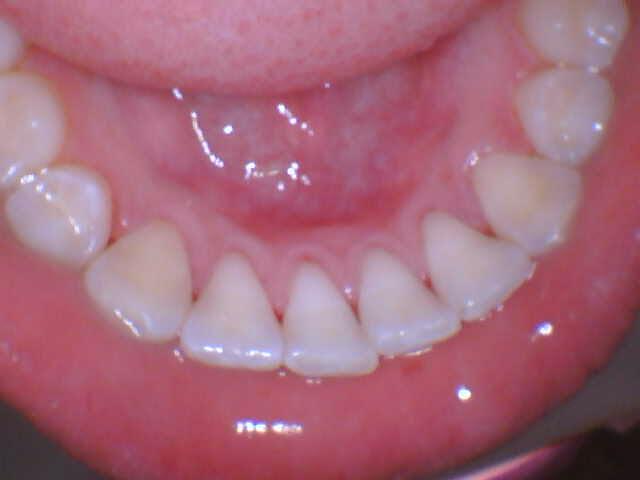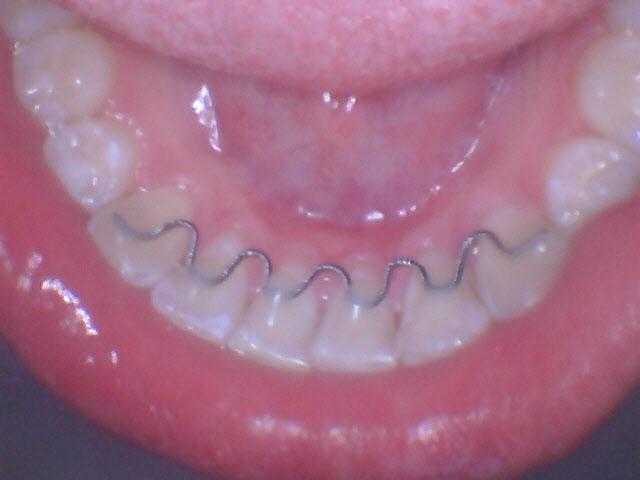CONVENTIONAL ORTHODONTICS FOR CHILDREN AND ADULTS
Orthodontic treatment corrects teeth and jaws that are positioned improperly. Crooked teeth and teeth that do not fit together correctly not only detract from one’s appearance, they also are harder to keep clean, are at risk of being lost early due to tooth decay and gum disease, and cause extra stress on the chewing muscles and temporo-mandibular joint (TMJ). The benefits of orthodontic treatment include a more pleasing appearance, a healthier mouth, and teeth that are more likely to last a lifetime.
We use a variety of diagnostic tools that include a clinical exam, plaster models of your teeth, and special X-rays and photographs to decide what orthodontic treatment plan is best for you.
Braces consist of metal bands, brackets, and archwires. The bands and brackets are attached to the teeth with a special bonding agent. The archwires act as tracks to create the “path of movement” that guides the teeth into their final desired position. Braces are usually adjusted monthly to bring about the desired results. Tiny elastic bands called ties are used to hold the archwires to the brackets, and patients can choose from a wide variety of colors at each visit.
Patients with orthodontic problems can benefit from treatment at nearly any age. An ideal time for placement of braces is between 11 and 14 years of age, while the head and mouth are still growing. However, braces are not just for kids. More and more adults are also wearing braces to correct bite problems and to improve their smiles.
Generally, the more complicated your crowding or bite problem is, and the older you are, the longer the period of treatment. Most patients wear full braces between 12 and 24 months, followed by the wearing of a retainer to hold everything in position for the long term.
ORTHODONTICS – FIXED LINGUAL RETAINER – BEFORE / AFTER


More about our services











